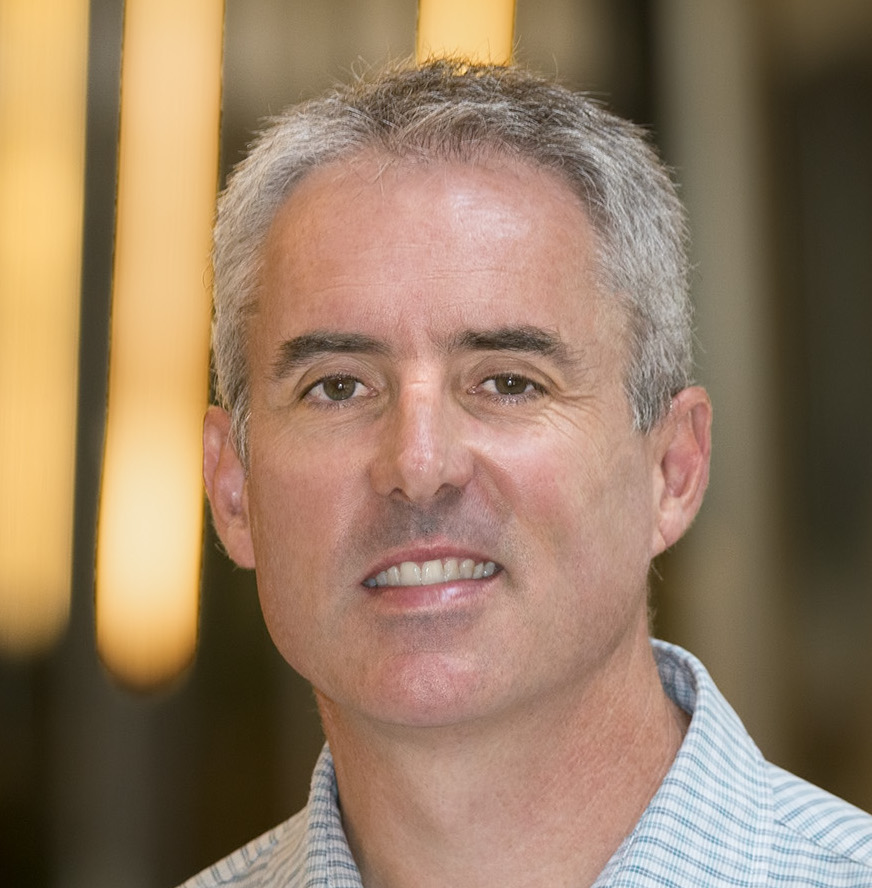MIRAX workshop, Brazil
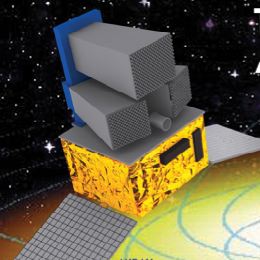 In December I attended the MIRAX workshop at INPE in São José dos Campos, Brazil. This is a nice, small-scale mission to be launched in 2010/11 which will use the BeppoSAX flight spare WFC camera, as well as a wide-field hard X-ray detector to be built by UCSD. Lots of interesting talks about X-ray transients and the science you can do with dedicated, long-term monitoring. Amongst the current and past monitoring projects mentioned are
In December I attended the MIRAX workshop at INPE in São José dos Campos, Brazil. This is a nice, small-scale mission to be launched in 2010/11 which will use the BeppoSAX flight spare WFC camera, as well as a wide-field hard X-ray detector to be built by UCSD. Lots of interesting talks about X-ray transients and the science you can do with dedicated, long-term monitoring. Amongst the current and past monitoring projects mentioned are
- INTEGRAL source light-curves at http://isdc.unige.ch/index.cgi?Data+sources
- INTEGRAL galactic bulge monitoring at http://isdc.unige.ch/Science/BULGE
- INTEGRAL HMXB monitoring at http://pulsar.astro.warwick.ac.uk/gps
- BATSE earth occultation monitoring at http://f64.nsstc.nasa.gov/batse/occultation/




 The increasingly poorly-named Texas Symposium on Relativistic Astrophysics will be held in Melbourne between 11-15 December 2006. Program and attendees TBA, but keep your calendars clear!
The increasingly poorly-named Texas Symposium on Relativistic Astrophysics will be held in Melbourne between 11-15 December 2006. Program and attendees TBA, but keep your calendars clear! Suzaku (aka ASTRO-EII)
successfully entered its intended orbit early this morning (local time),
according to a
Suzaku (aka ASTRO-EII)
successfully entered its intended orbit early this morning (local time),
according to a 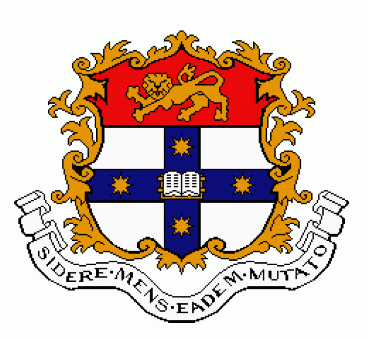 The
The 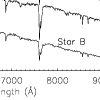 Back in 2003 we made RXTE observations of a new outburst of an old transient last seen in the early '70s, 4U 1901+03. We
Back in 2003 we made RXTE observations of a new outburst of an old transient last seen in the early '70s, 4U 1901+03. We 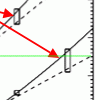 I also mentioned the outburst history to date of SAX J1808.4-3658, and commented that we were overdue for the next one; two days later a
I also mentioned the outburst history to date of SAX J1808.4-3658, and commented that we were overdue for the next one; two days later a 